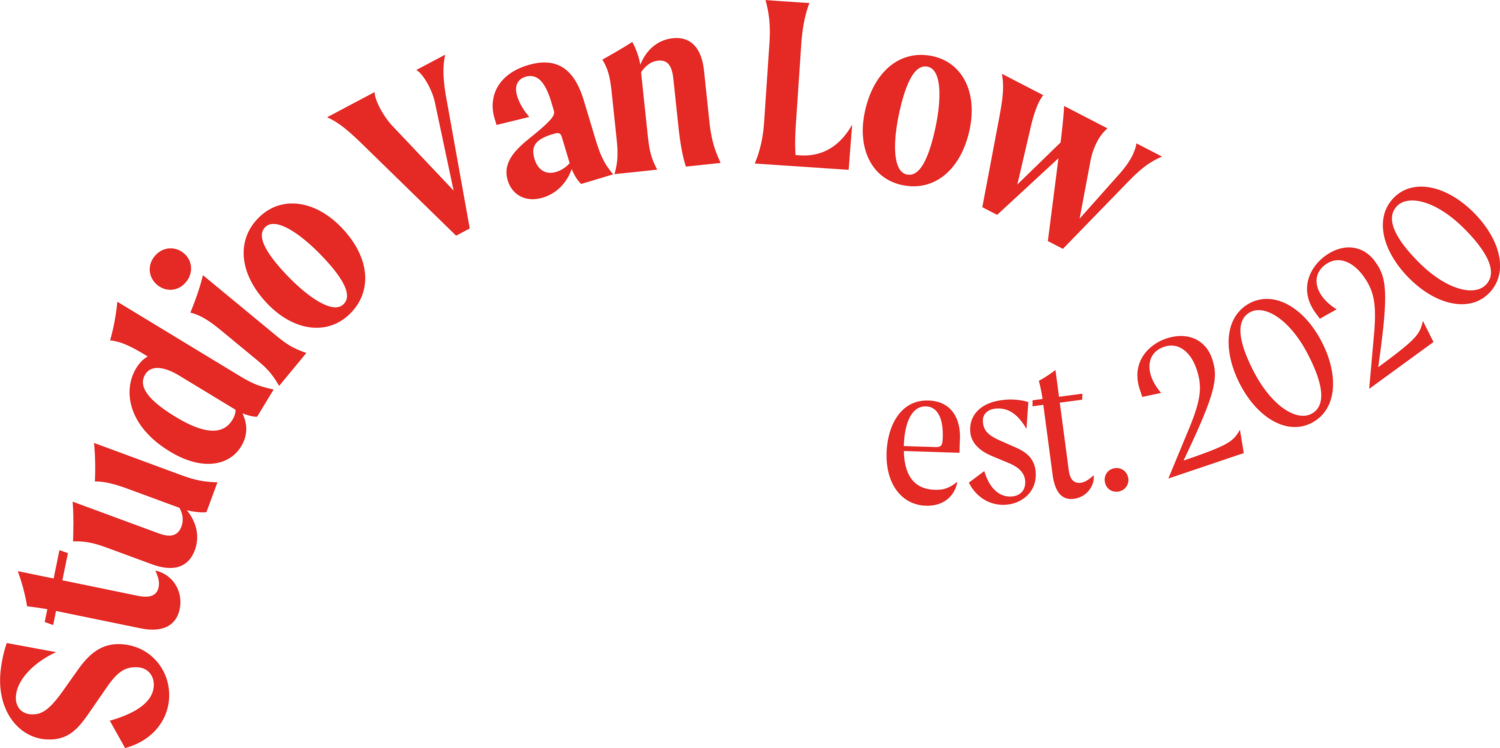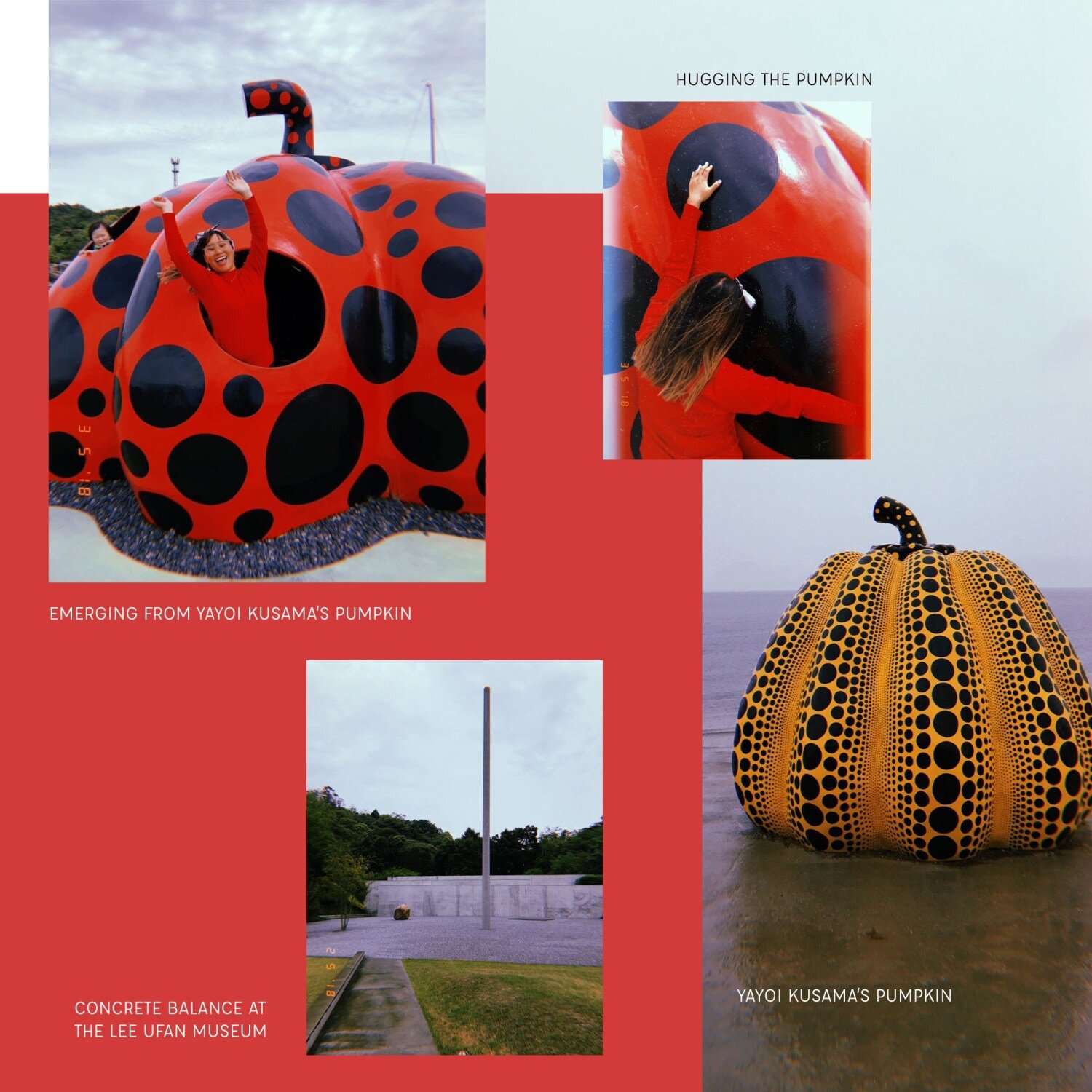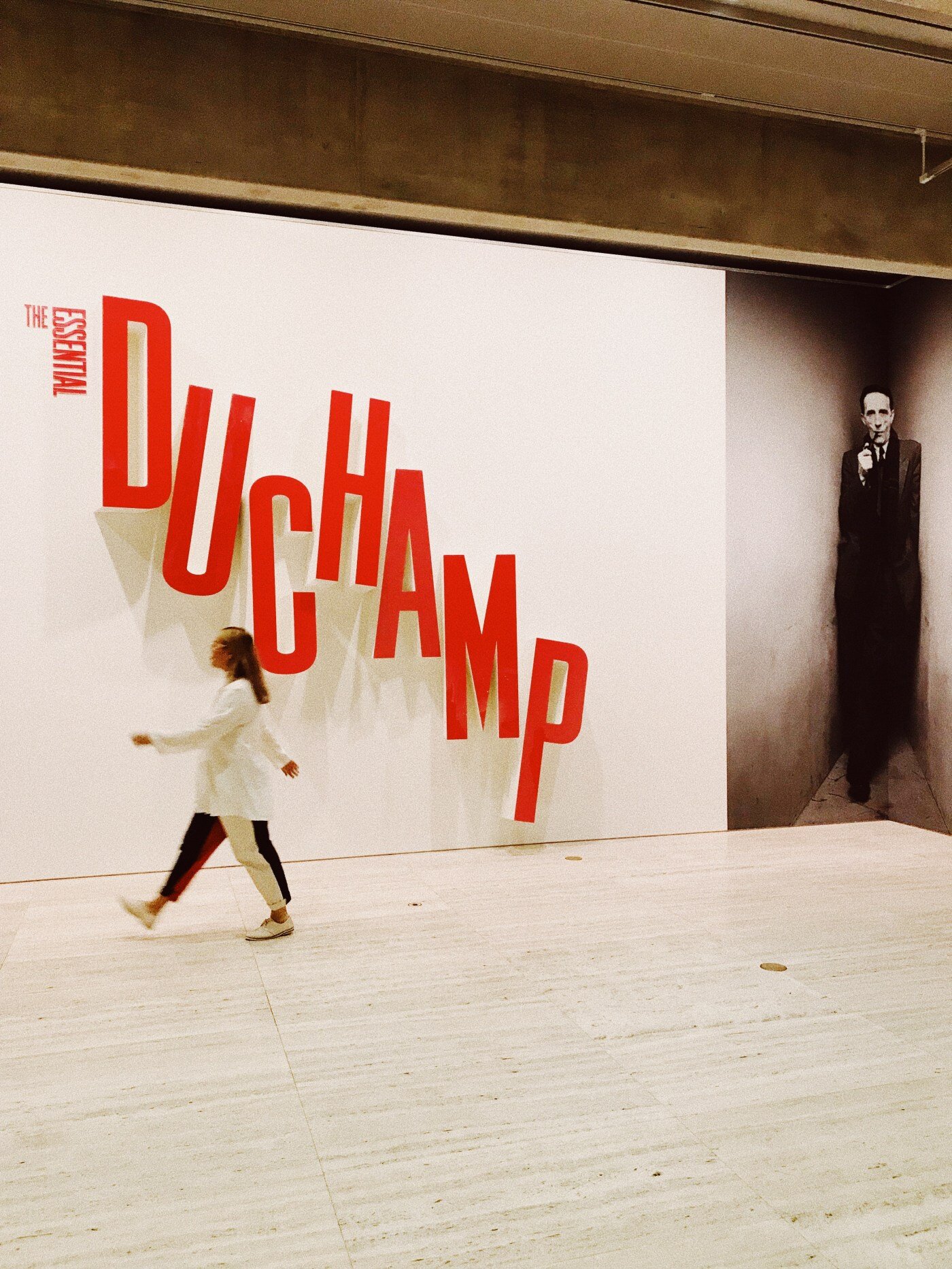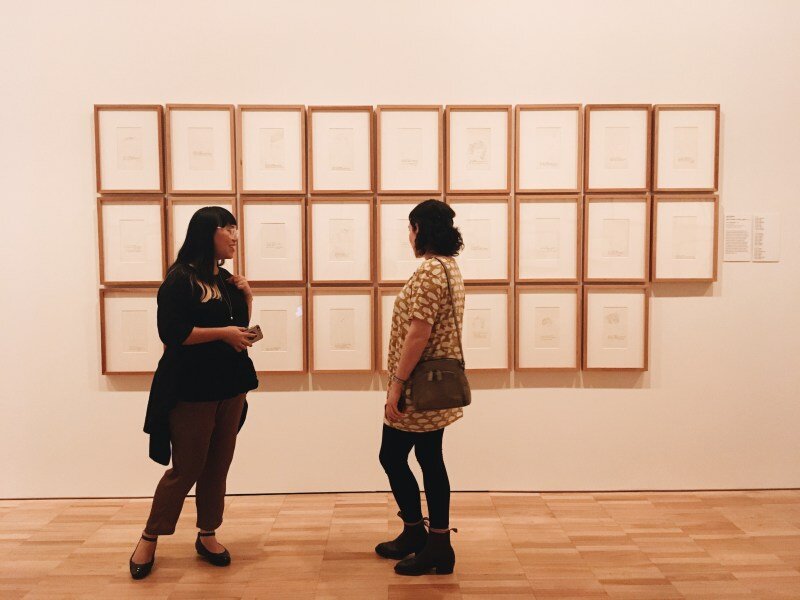Art Destination: Naoshima Island
Barely a speck on the map of Japan, Naoshima is an island town in the Seto Inland Sea.
Quite the opposite of the vibrancy, speed and crowds of Japan’s more well-known cities such as Tokyo and Osaka, Naoshima is a quiet, somewhat remote destination. It’s also the home of world-class museums and is a destination for art lovers from around the world.
On our recent trip to Japan, we made the pilgrimage to Naoshima. Here’s our journey & tips if you’re planning to visit…
Plan Your General Direction
Booklets with visiting information are available on the ferry or can be picked up when you first arrive at the shop. This has more information than you need if you’re just visiting for the day, but it has the essential map, ferry and bus times.
In general, there are 2 main sections of Naoshima. The southern part of the island (a little further from society and rather peaceful) is the destination trifecta: Benesse House, Chi Chu Art Museum and Lee Ufan Museum. The northern part of the island is most notably home to the Art House Projects (artworks in site-specific, repurposed homes) and the Ando Museum scattered amongst small streets and residences, making it interesting to meander through.
It should be noted that if you are travelling there during a busy period, there may be waiting times to buy tickets and enter the museum (at Chi Chu museum we received a ticket with a time slot to buy the actual tickets…). You should consider what other places are near by in case you have to do a detour.
Various itinerary suggestions are available on the Benesse website and are really useful (click here). We spread our visit over 2 days, focusing on the southern area on day 1 and the smaller, spread out places on day 2.
Making Your Way Around
Naoshima is roughly 14km², so you will need a mode of transportation. This could be a rental bike or one of the various buses (including an adorable Kusama-themed bus). If you’re using a bike, there are a couple of rental shops near the port as soon as you get off the ferry. Consider what kind of bike you would like as there are electric bike options, too. When riding around, there are marked spots for bike parking; make sure to be considerate when leaving your bike out as some streets are quite narrow and in true Japanese fashion, ensure not to cause inconvenience for anyone else.
If you’re bussing it, keep in mind that there are a few different bus systems. The drivers generally put a laminated sign at the front window of the bus with its destination and it’s hard to go wrong. There are some paid shuttles and also the Benesse House shuttle bus. When taking the paid shuttle, there is a flat rate of ¥100 (exact coins only!) so bring some along or stop for some ice-cream and get some coinage.
Can I Get the ‘Gram
To the dismay of many, photography is not permitted in most of the museums (however if you look up the geotag on Instagram, you’ll see that some people have got the sneaky shot in, so it’s not impossible). However, I found this actually quite liberating and it meant that areas did not get clogged up with people posing for photos (the exact opposite of Fushimi Inari Taisha fml). Put your phone away and try to be ~one with the art.~
What’s with All the Pumpkins?!
Japanese artist Yayoi Kusama is a national treasure, an iconic experimental artist who made her name in the 1960s New York art scene (an indicative work being Grand Orgy to Awaken the Dead in the MoMA sculpture garden). She’s now 89 and lives in Japan and is still a prolific artist, known for her obliterating polkadots. Her favourite things are also pumpkins, which she features in goodness-knows how many of her artworks. Of them, she says “My pumpkins, beloved of all the plants in the world. When I see pumpkins, I cannot efface the joy of them being my everything, nor the awe I hold them in.”
There are 2 pumpkin sculptures in Naoshima, and if you’re starved for selfie content due to the general no-pics policy in museums, you’ll need to track these two down. It’s likely the only time you’ll be allowed to touch Kusama sculpture as well, so if you’re a fan like me, this’ll be a blast.
The red pumpkin is right at the port when you arrive on the island. Try to spot it as the ferry pulls in!
The yellow pumpkin is a bit of a walk from Benesse House (we did this in the rain) but if you go to Naoshima and don’t visit the pumpkin, did you even really go? It’s a beautiful setting for a sculpture; the brightness of the yellow is quite a sight against such vast, calm ocean.
What to Eat
There are a few small eateries scattered around the top of the island (where more residences and little galleries are). Whilst here, we ate at a small restaurant that featured meals made of ingredients from the local area. We also stopped by the one supermarket on the island, Coop, to grab some breakfast (note that most cafes don’t open until 11am). Here, I picked up the best squid sashimi, which I ate with bare hands on a park bench.
At the bottom of the island, we ate at the Museum Cafe at Benesse House. The food was on the pricier side but it was quite novel to drink in-theme pumpkin soup just before our Kusama pumpkin pilgrimage.
If visiting Naoshima, I’d recommend bringing a few snacks with you in case you’re pressed for time or in between museum stops (especially if you’re at the bottom of the island).
Locals
Naoshima has a population of about 3,000 people (including a small artist community). Walking around the island, there is a quiet, small town feel; it’s an unusual juxtaposition seeing big-name artists in small, repurposed homes, and then walking past someone’s house with washing hanging up.
So, How’s the Art?
Something unique to the artworks on Naoshima is that most of the artworks and buildings have been purpose built for each other. The room with Monet’s artworks has been purposely structured for the viewing of those works (in a clinical, slick white cube with only natural light coming from above); Tatsuo Miyajima’s Sea of Time ’98 is housed fittingly in a 200 year old home; James Turrell’s Backside of the Moon is made possible by Tadao Ando’s custom architecture. The specificity of these galleries means that each work breathes in its own spaces, nothing is crammed or rushed.
This also means, though, that most of the galleries will never be rehung (if you go back, you will see the same works in the same spaces). This adds to the mythology of Naoshima; it is like a home to these works which can’t be seen anywhere else and never in a setting this specific.
It’s a unique art experience, with the architecture being as much an attraction as the artworks they house. The island is mostly peaceful which makes for a uniquely reflective audience experience.
So, You Want More?
We didn’t get to go, but the neighbouring island Teishima is said to also house artworks in a similar meditative fashion. See more about it here.












